The History of Beards: Facial Hair Throughout The Ages
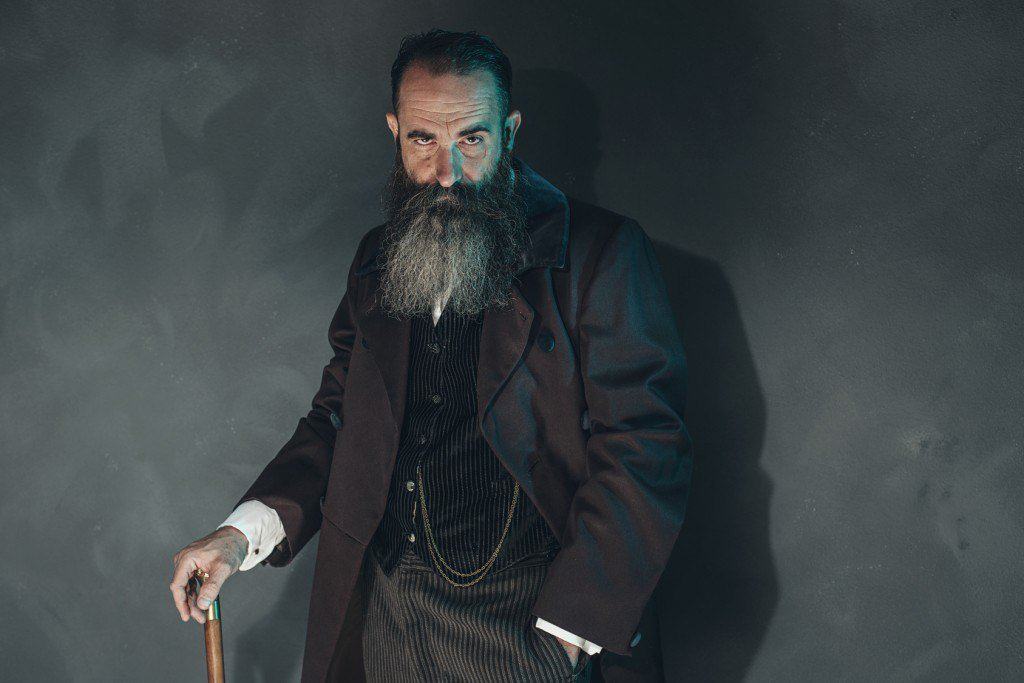
From the dawn of time, facial hair has played a notable role in a man’s appearance and human culture as a whole.
Throughout history, beards have been worn in various styles, influenced by everything from religion to fashion trends. They have come to symbolize a wide variety of characteristics, such as masculinity, wisdom, and strength.
Historians believe that beards were grown by prehistoric men at the early stages of evolution to protect their faces. During winter and in cold climates, a beard would provide warmth, and in hotter climates, it shielded their faces from sand, insects, and the hot sun.
Beards also enhanced a man’s appearance, making him appear more intimidating, which helped him survive.
Some historians and scientists have theorized that beards have been found more attractive by women throughout the ages, which would have helped propagate their prominence.
As for beard grooming, there is evidence as early as 100,000 BC that men plucked facial hair from their faces.
Around 30,000 BC, paintings were created in caves showing men that are interpreted as being shaved. Archeologists theorize that they may have shaved their hair with clamshells, shark’s teeth, and sharp flints.
Beards of ancient times
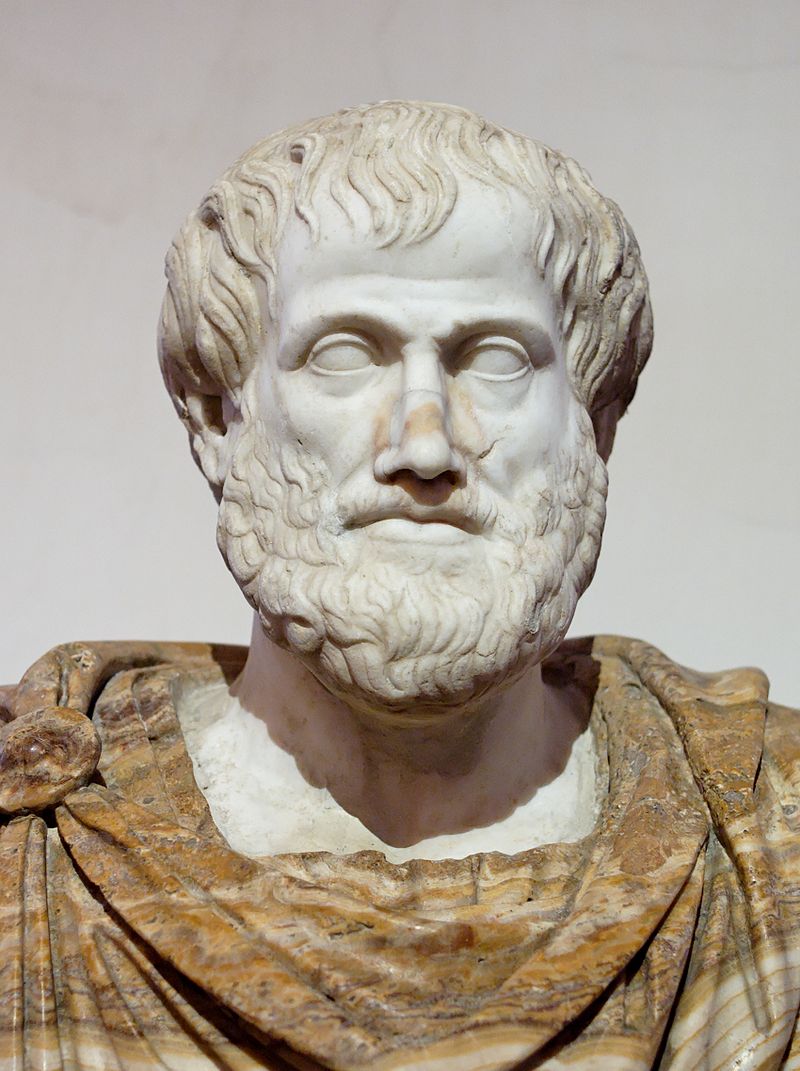
Although early in their history, the Egyptians preferred long luscious beards as a sign of masculinity. However, that quickly fell out of favor with the royal and priestly classes who favored a clean-shaven approach.
It is believed that the Egyptians favored being clean-shaven because it was simpler, cleaner, and they thought that it looked more appealing.
A traditional ancient Egyptian custom was to be entombed with a long pointed beard, which was often fake, to emulate Osiris in an attempt to find favor in the afterlife.
An ancient story says that Roman King Lucius Tarquinius Priscus first brought the razor to Rome around the 6th century BC.
Still, shaving didn’t become commonplace for the Roman people for several hundred more years. In fact, it was customary for men to wear beards up until the time of Alexander the Great.
The ancient Greeks, who lived around 500 BC, saw beards as a symbol of masculinity and virility, as exhibited in Aristophanes’ Poet and the Women, where a character disguises himself as a woman by shaving his beard.
This was a long-prevailing attitude as it was mentioned in a similar context by Homer in The Iliad. It is also true that most statues from antiquity often depict men with beards. Traditionally, ancient Greeks only shaved their beards in times of mourning.
On September 30, 331 BC, Alexander the Great ordered all of his soldiers to shave before the battle, supposedly because he feared the enemy would have a strategic advantage if they could grab his troops by the beard.
According to historians, It is considered far more likely that Alexander thought himself quite handsome without a beard and needed an excuse to change a centuries-old cultural norm that found bare faces on men to be effeminate and weak.
Medieval beards

In Japan, from medieval times until the Edo period, beards were quite popular. Samurais were required to have beards, and those who did not have them were seen as young and inexperienced. This custom was so deeply ingrained that men who had thin beards often wore fake ones!
Throughout the middle ages in Europe, preferences in wearing a beard were often determined by the king or clergy for the region or some other form of political or religious affiliation.
The Anglo-Saxons of the British Isles wore beards and mustaches until the onset of Christianity in Europe. During the seventh century, the clergy were required to shave, and later the nobility needed to shave to fit Norman fashion around 1050 CE.
The popularity of beards returned during the crusades among knights who wore beards to show their masculinity and honor.
In twelfth-century Europe, it was proper to have a clean-shaven chin but keep a mustache. During the next few centuries, many famous Protestant and political leaders wore beards.
After this, beards fell out of favor again for a while for many cultures throughout the world. In 1697, Peter the Great of Russia even regarded them as a relic of the old world and the feudal system.
Peter saw getting rid of traditional beards as a way of culturally modernizing and moving forward symbolically. Before the reign of Peter the Great, beards had been popular among men in Russia, especially with clergy who saw them as a symbol of wisdom and religious learning.
The Van Dyke

The Van Dyke was a popular trend in facial hair during the seventeenth century in Europe and America.
The style was popularized by Anthony van Dyck, who was a famous Baroque artist from Antwerp, Belgium. The style featured a pointed goatee underneath, but not attached to a pointed mustache, and is often seen in King Charles I’s portraits.
To get this look, you need to grow your beard out for several weeks. You then use a beard trimmer to outline the sides of your chin so that they taper into a point.
The remaining hair is then kept short so that it blends in with the trimmed portions and creates the illusion of a more defined chin (in case yours isn’t chiseled enough). If your face shape isn’t round or oval, you might also want to grow a mustache to balance out the lower portion of your face.
The Van Dyke is a great option for men who want to make their faces appear more symmetrical or elongated. It’s also ideal for men who want to minimize the appearance of wrinkles around their mouth and chin.
The chin strap
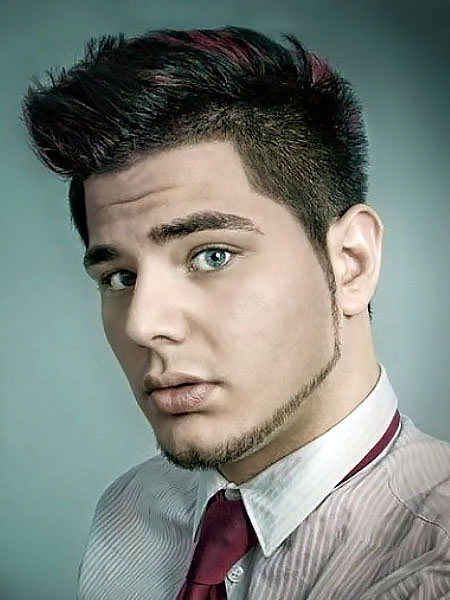
While beards faced a downturn in popularity in the eighteenth century, for men who did wear a beard at the time, the chin strap was the choice.
The chin strap can range from a thin line to a wide strap, but in any case, the line follows the jawline with the rest of the face remaining cleanly shaven. The broader version of the chin strap led to mutton chops, which would become another popular trend.
The Victorian era

The beard made another comeback during the Victorian era. Beards had previously been banned in the British army, but the Crimean War’s cold, harsh climate forced a policy change allowing the soldiers to grow facial hair.
By the end of the war, the returning soldiers brought full beards home with them. This changed the beard’s cultural perception from being for those who were at best eccentric and worst unkempt, to being the accessory of a war hero.
Sideburns

In the mid-nineteenth century, Ambrose Burnside, a Civil War General, and politician, popularized “side whiskers.” It became popular as it allowed military men to be cleanly shaven while still maintaining facial hair, and was the beginning of the beard’s resurgence in the United States.
Most men at this time wore their sideburns in a style known as “mutton chops,” as the sideburns were trimmed neatly at the top and bulged near the cheek, resembling a cut of meat.
Abraham Lincoln
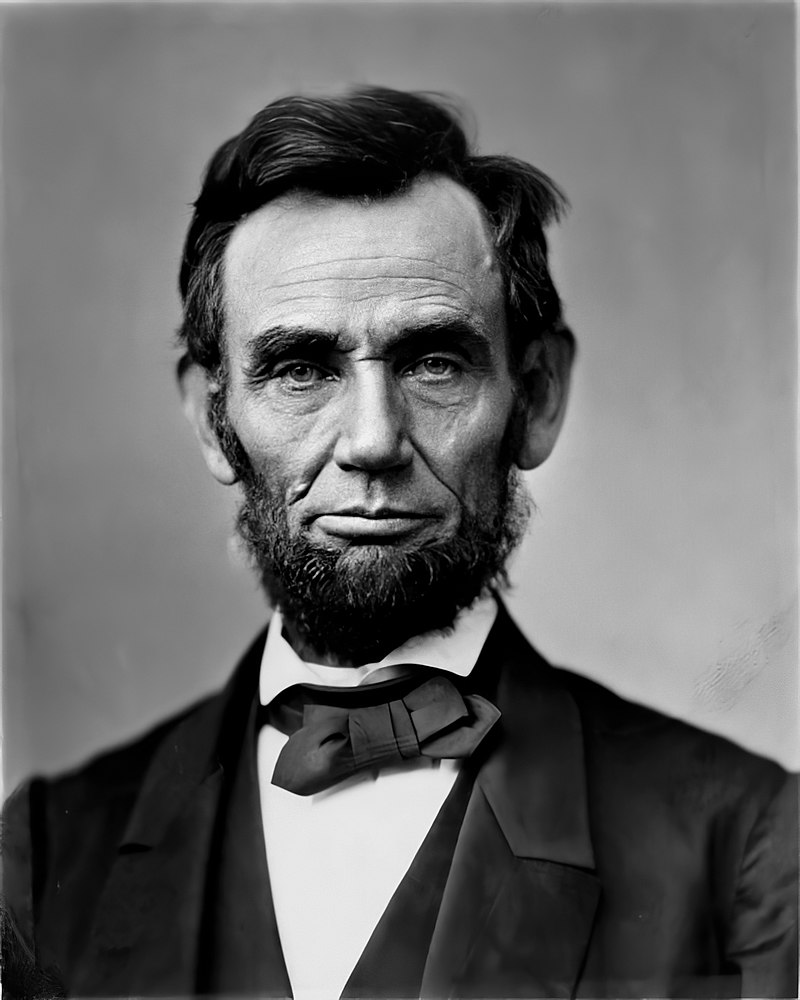
The first fifteen presidents of the United States were clean-shaven, and Abraham Lincoln might have been too if not for the advice of an eleven-year-old New Yorker named Grace Bedell.
Bedell wrote to then-candidate Lincoln and told him that his face looked too thin, and he would look much better with a beard.
Soon after this correspondence, Lincoln let his beard grow out. He wore a chin curtain style of beard, which would become a common fashion trend across the country during and following his time in office.
The mustache craze

The last two decades of the nineteenth century saw the beard wane in popularity, but the mustache became all the rage. Mustaches had been popular throughout history, but many different styles were sampled by both Americans and Europeans during this time.
Styles such as the imperial mustache, worn often by the royals in Europe, the walrus, which was considered more rugged and made famous by US President Theodore Roosevelt, and the handlebar, preferred by the frontiersmen and soldiers, were all acceptable and common during this era.
Flu pandemic and world wars
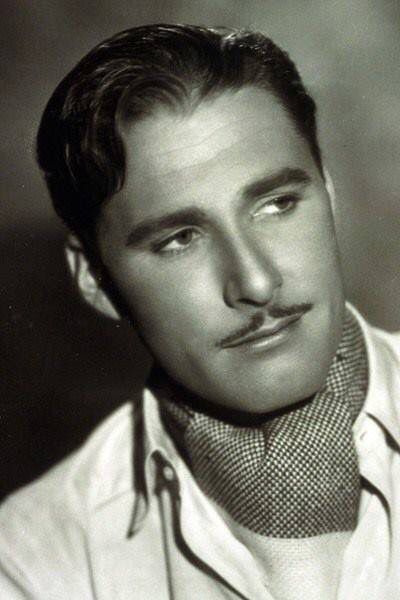
The influenza pandemic of 1919 and 1920 stoked fears about the uncleanliness of beards. Soldiers in WWI needed to wear gas masks, and a beard prevented a proper seal, making them non-effective.
The first disposable razors were created around this time, making it far cheaper, safer, and easier to shave than it had ever been before.
These factors led to a trend of clean-shaven faces for most of the first half of the twentieth century.
Some men still chose to wear mustaches during this time, usually worn in the handlebar style, until the 1930’s when a skinny mustache was made famous by actors such as Errol Flynn.
In the 1930s, the US military forbade beards due to the need for a clean seal for gas masks, as was the case in WWI.
Beards in the 1950s and 1960s
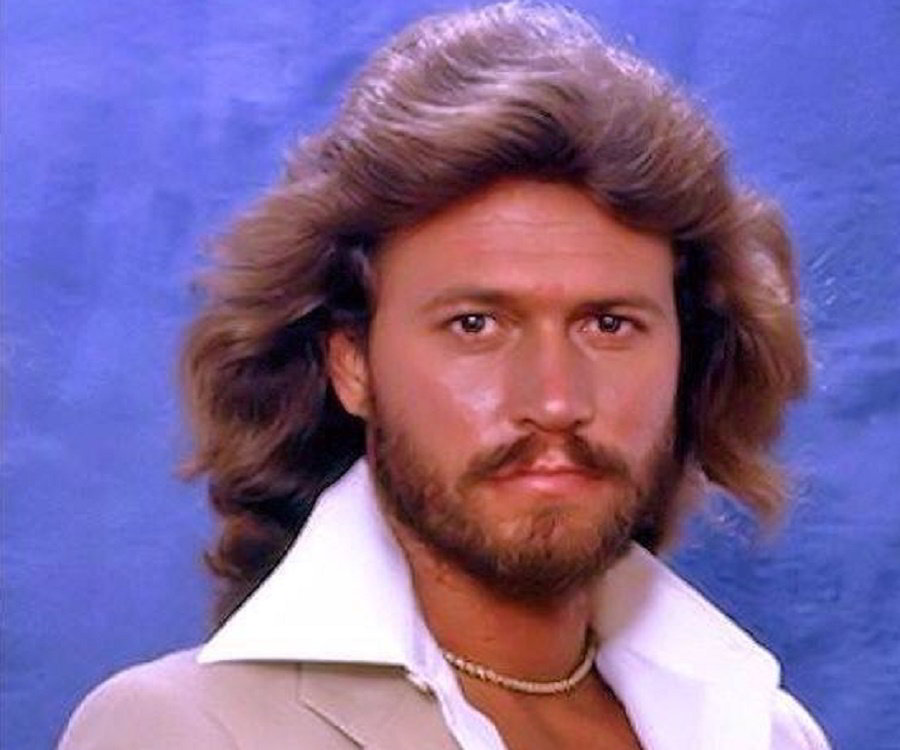
For decades after the invention of the disposable razor and the subsequent electric razor, beards had been on a downward trend, reserved for the eccentric or elderly.
Starting in the 1950s, a goatee or full beard was beginning to be seen as a symbol of rebellion. As the decade carried on, beards were starting to gain acceptance from men from all walks of life again.
Hippies
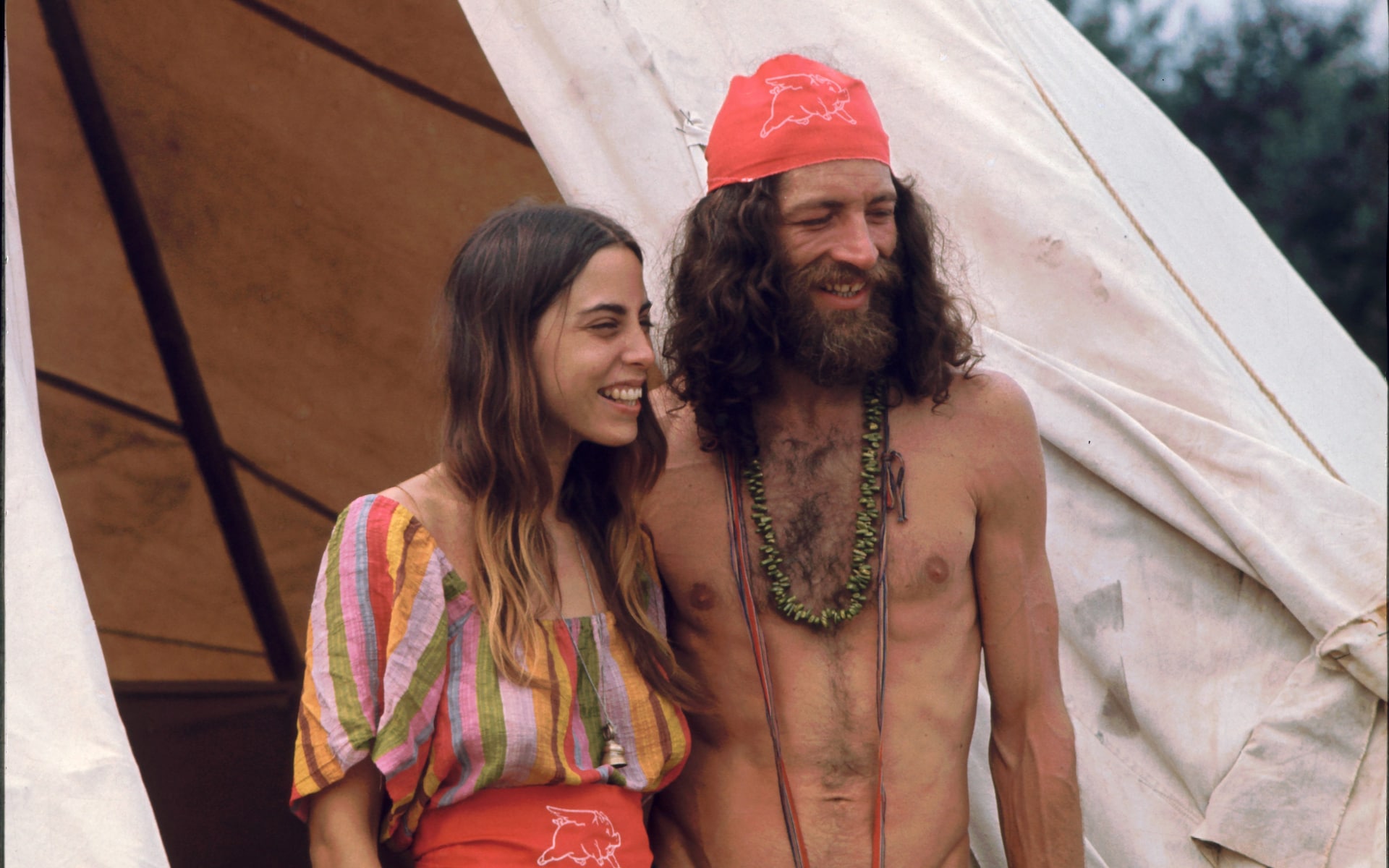
The Hippie movement started in San Francisco during the 1960s and would become an international phenomenon carried on to this day. The Hippies embraced nature and favored a more natural appearance, including beards, making beards fashionable once again.
The 1970s saw even more robust beards as full and bushy beards grew in popularity.
The five o’clock shadow
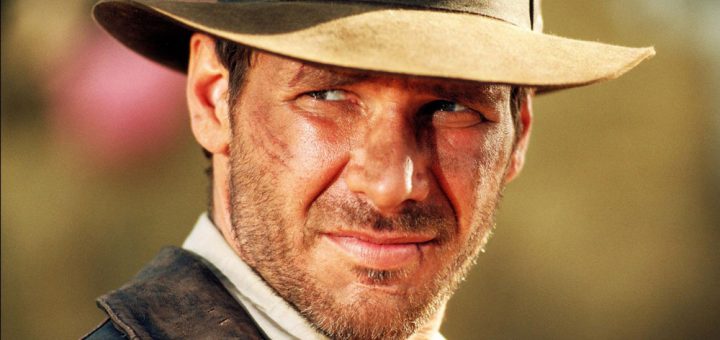
Full beards fell out of favor during the 1980s in the United States and were replaced with the more fashionable five o’clock shadow.
This style is a slight regrowth of a fully shaven beard, and as the name implies, resembles the first shadow of a beard growing back at the end of the day.
The five o’clock shadow was made famous by actors such as Harrison Ford and Don Johnson.
Musical beards

Beards of the 1990s were heavily influenced by musicians and fashion, resulting in a resurgence of popularity and a new cultural shift.
Beards of the 1990s were unorthodox and unique, tending toward a more unruly version of soul patches from the 1970s.
Many beards at this time sported a vast and complex array of unusual shapes and colorful dye jobs.
The millennial goatee

The new millennium’s turn saw the return of the goatee, which was often accompanied by a bit of a scruffy look or a modified five o’clock shadow. This trend was made prominent by Hollywood and was sported by the likes of Matt LeBlanc and Keanu Reeves.
Modern beards
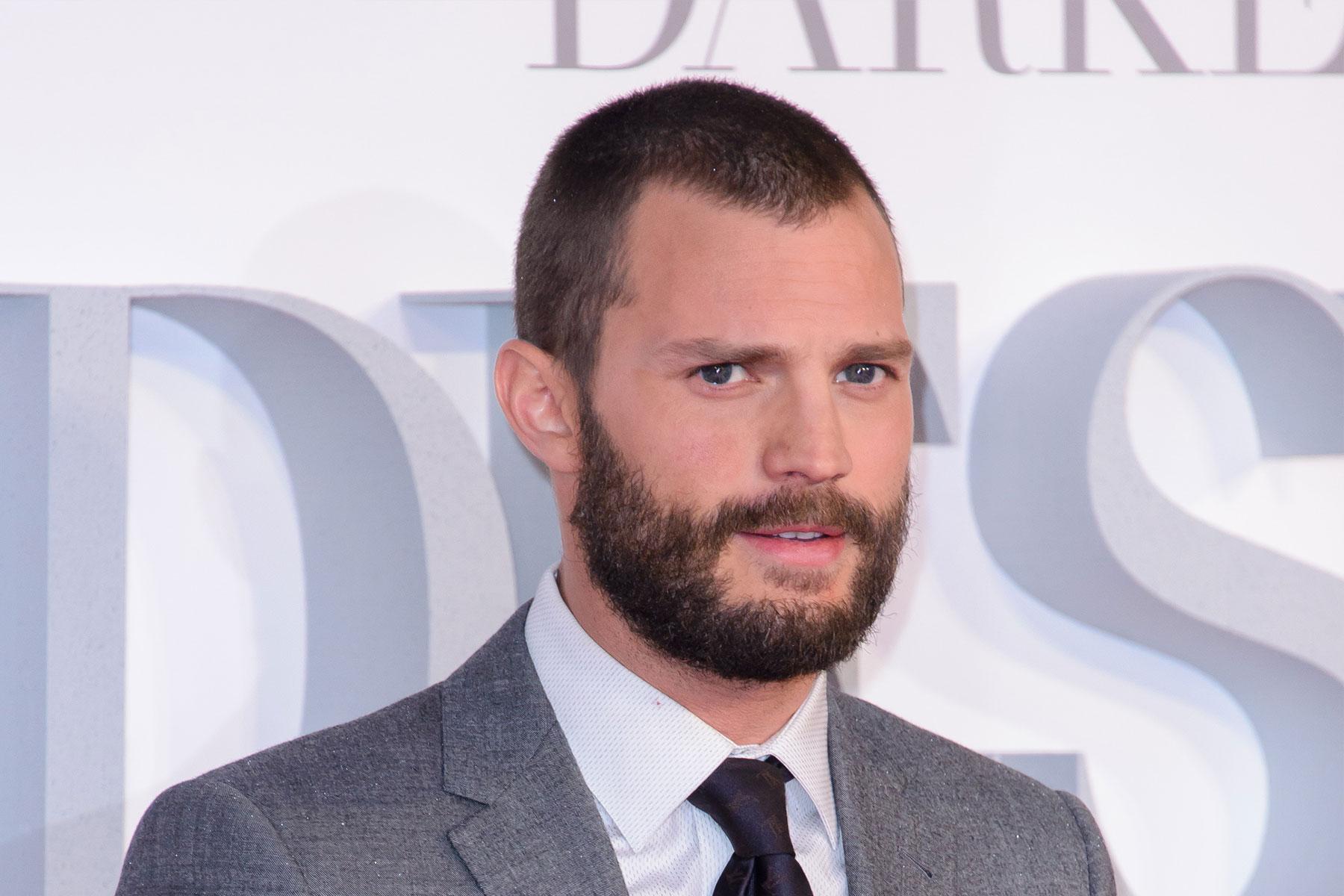
From no shave-November to the sexy lumberjack look, Millennials are largely embracing beards. In fact, beards among Millennials are so popular that razor brands like Gillette are even blaming them for “killing” the razor industry.
While some segments of society still see a clean-shaven face as more professional, many Americans see a beard as a more mature and dominant look.
Beards and religion

The Abrahamic religions of Judaism, Christianity, and Islam all have their own rules regarding how and when a man can wear facial hair.
For Jewish people, the Talmud prohibits men from shaving their beards, and later scriptures even specify how to care for the beard. While not all Jewish people observe these ancient traditions, Hasidic and other Orthodox sects still wear their beards and hair, as written in the Talmud.
There is no prohibition on either cutting or growing a beard in Christianity, but it has been a long-standing tradition in the more eastern reaches of the religion to grow a long beard as a sign of faith.
Men of the Hutterite and Amish traditions shave their beards until they are married and cease shaving after their weddings.
It is disputed as to whether or not the Quran requires the growth of a beard, but the dominant idea after the Islamic Revolution contends that it does. Men adhering to these types of ideals grow a beard to differentiate themselves from the rest of society and as a symbol of their faith.
Beards and cultural trends

Men have worn facial hair for as long as man has walked the earth.
The changes in styling and perception of men’s facial hair are occasionally guided by changes in technology, such as the development of newer and easier ways to shave, but for the most part, have been simply a reflection of the society and culture to which they belong.
They represent a form of expression and even protection, allowing people to demonstrate their style or faith.
11 Comments
Re: The millennial goatee
This common called ‘goatee’ showcased here is the circle beard and mustache. It never truly ‘went away’ (eg: Kurt Cobain of Nirvana, et. al.). Furthermore, the term ‘millennial’ belongs to those born on & after 1980. Hrovatin must undoubtedly be one given these most elementary mistakes.
Great article. Well written and very accurate.
Thanks John, appreciate it
Beards are absolutely disgusting i hate them.
Yes. A beard does help keep your face warm in the cold.
It also helps keep you cool in the warm months.
Fellow Red Beards here just finished reading your article history of beards. Although there was some great information in small doses throughout some history of beards, I feel that, me as the reader wanted a little more. I don’t know if you planned on keeping it short and sweet and to the point or what but i agree it needs more to touch me on a personal level. I don’t know if you are new to writing and it really is none of my business. I am glad you are writing and I do feel i will take something away from this. I hope you continue to work on your craft as I will do the same. I am nowhere near perfect myself and don’t want you to feel I was hating on your writing. As a man with a beard and having a passion for all things beards i enjoy reading others thoughts and ideas of anything and everything beard. So again, thank you very much sir and may you be blessed beyond your wildest dreams. Good day!
Thank you very much for your feedback, good sir. Blessings to you too!
So beards came and went over the years- so we are told. But how was it the common man (peasant) could afford a shave? I don’t know about you but i have a hard enough time getting my knives sharp enough to shave arm hair let along dragging one of over my face (not that I want to, I rather enjoy my beard). It stands to reason that through out human history more men had beards than not, at least until the advent of reasonably priced razors, which is only recently the result of advanced metallurgy. What we should consider, and this is purely conjecture, is that the vast majority of input we have into ancient facial hair fashion was evidenced in sculpture and painting. And who was it who is generally depicted in those roman and renassaince art works- rich folk. The common guy (peasant) didn’t get a statue or portrait so we really don’t know what he looked like. I would imagine being clean shaven was a luxury few could afford and it was a lot of upkeep.
-SB
I think everything published made a bunch of sense.
However, what about this? suppose you added a little information?
I mean, I don’t want to tell you how to run your blog, however what if
you added a headline that makes people want more?
I mean Beards Throughout History: The Story Of Facial Hair is kinda boring.
You should glance at Yahoo’s home page and watch
how they write article titles to grab viewers to open the links.
You might try adding a video or a related picture or two to get people interested
about everything’ve got to say. In my opinion, it would
bring your posts a little bit more interesting.
Thanks for the feedback. I’ll take it in consideration.
Pretty great post. I just stumbled upon your blog and wanted
to mention that I have truly loved surfing around your blog posts.
In any case I will be subscribing in your RSS feed and I hope you
write again very soon!